Inks that don't dry out / Infinity Inks
-
Forum Statistics
352.3k
Total Topics4.6m
Total Posts -
Member Statistics
125,542
Total Members2,522
Most OnlineNewest Member
gobot
Joined -
Images
-
Albums
-
First look
- By A Smug Dill,
- 3
- 38
-
j1tters
- By 2ouvenir,
- 0
- 1
- 25
-
Uploads
- By hari317,
- 0
- 0
- 17
-
Image for posting by Number99-Ⅱ
- By Number99,
- 0
- 0
- 34
-
gweimer1 gallery
- By gweimer1,
- 0
- 0
- 3
-

.jpg.7a28f3648bc1e0db8c5ef7cf6f588c68.jpg)
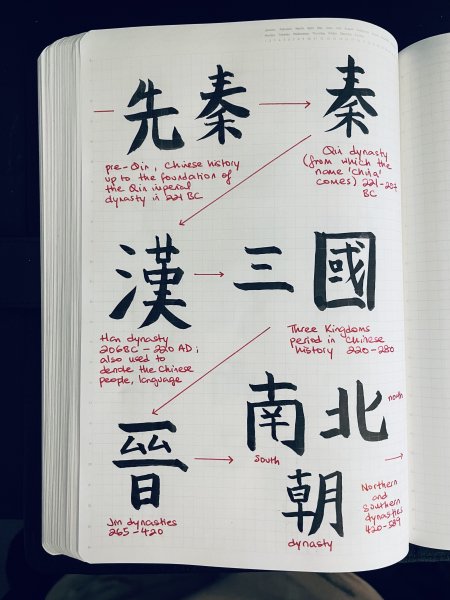
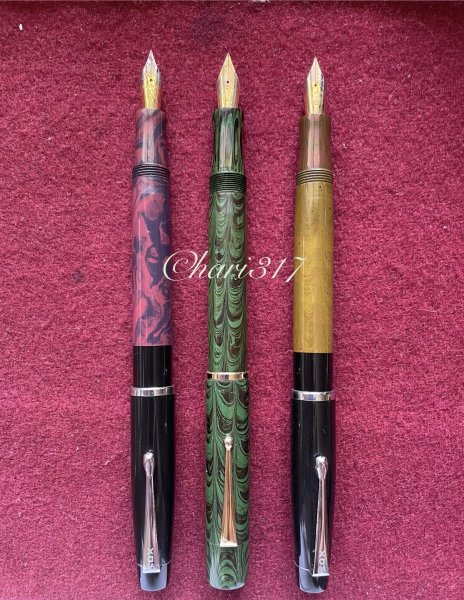
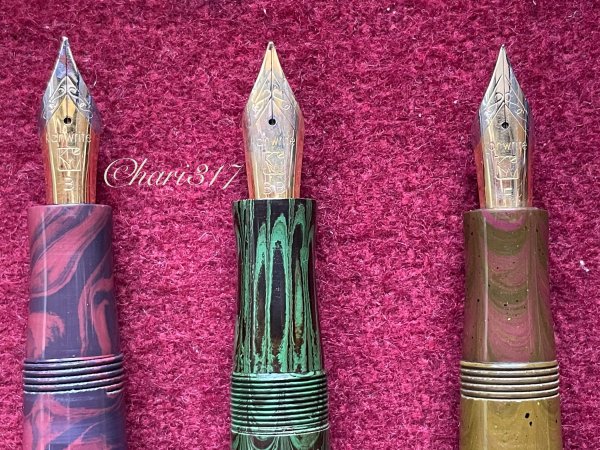
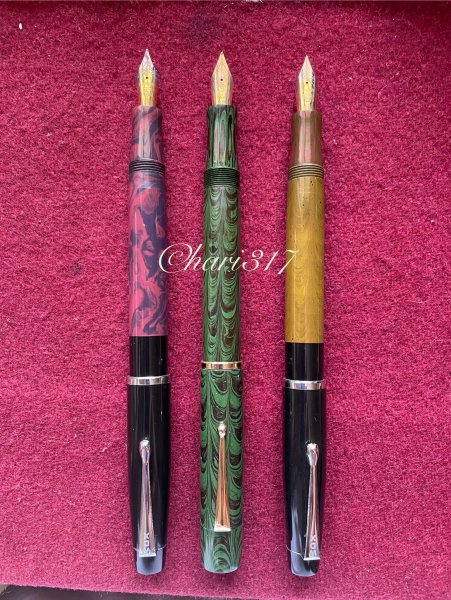
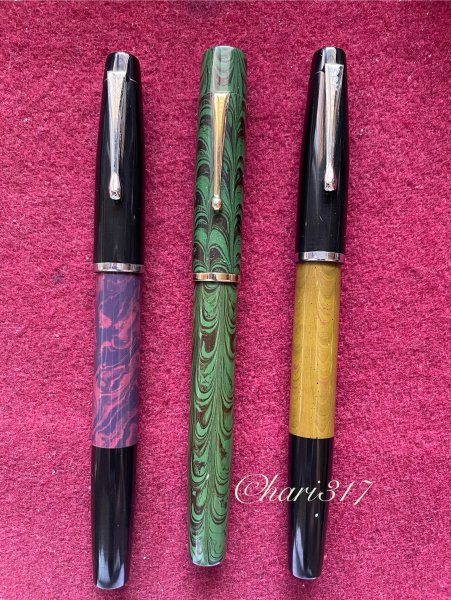
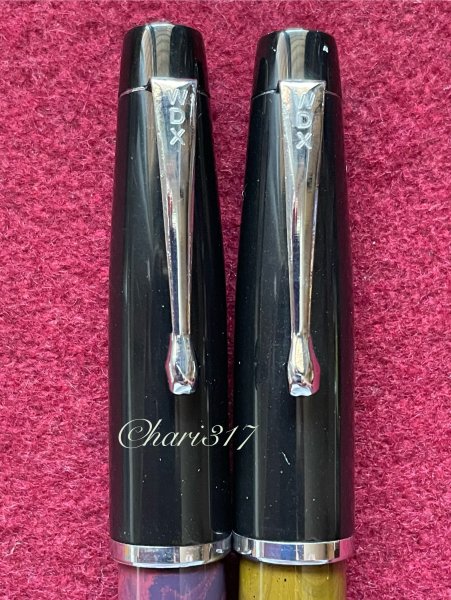
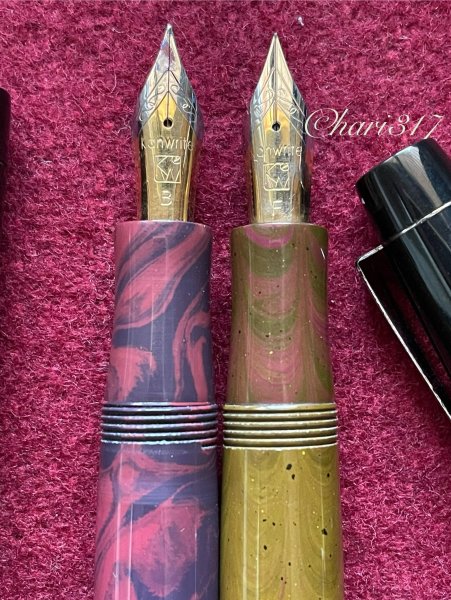
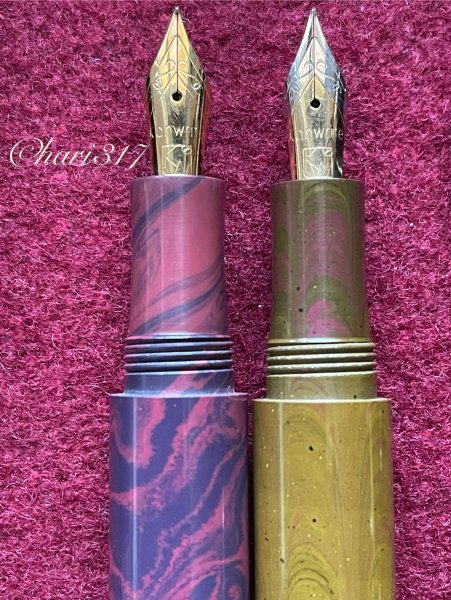
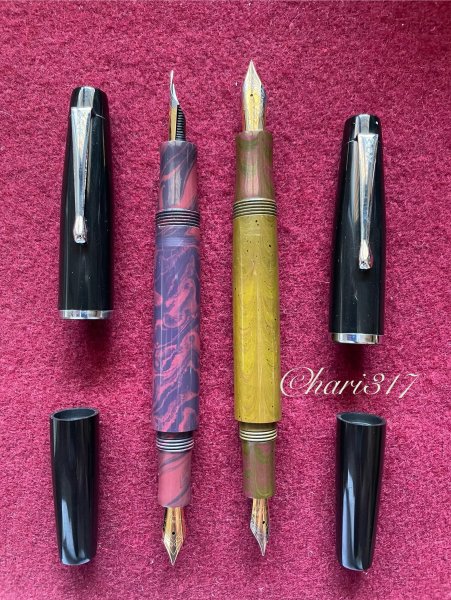
.jpg.e758a4197b100a07f5c8d3879e2de44b.jpg)
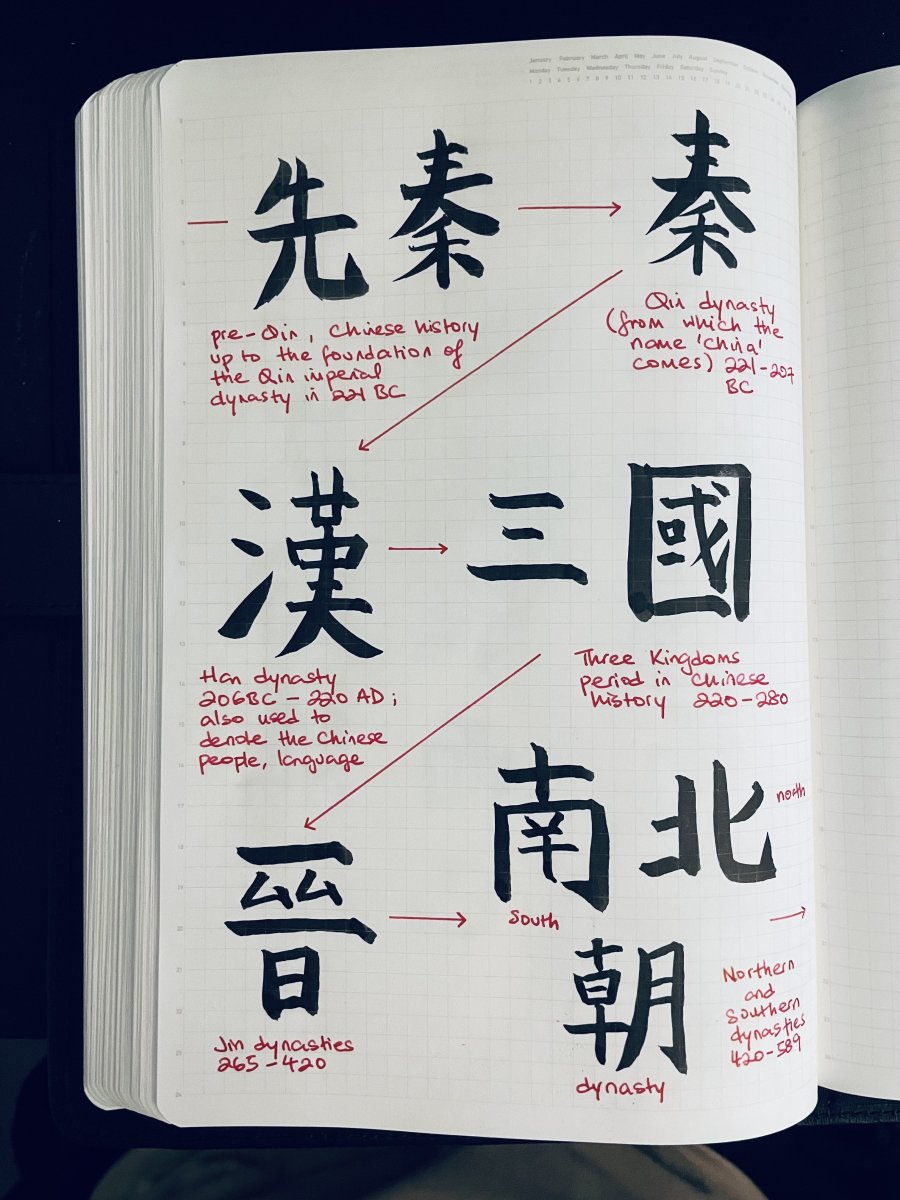
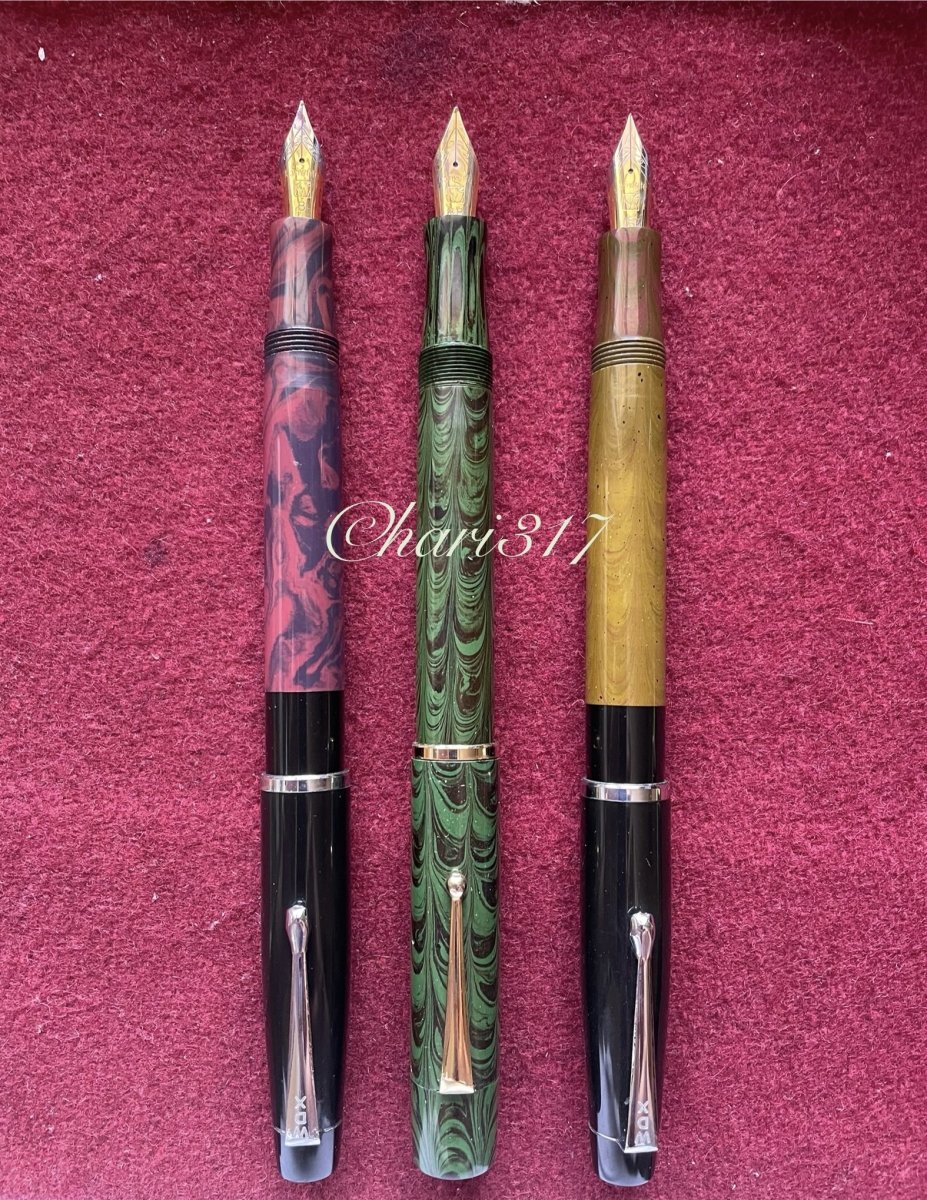
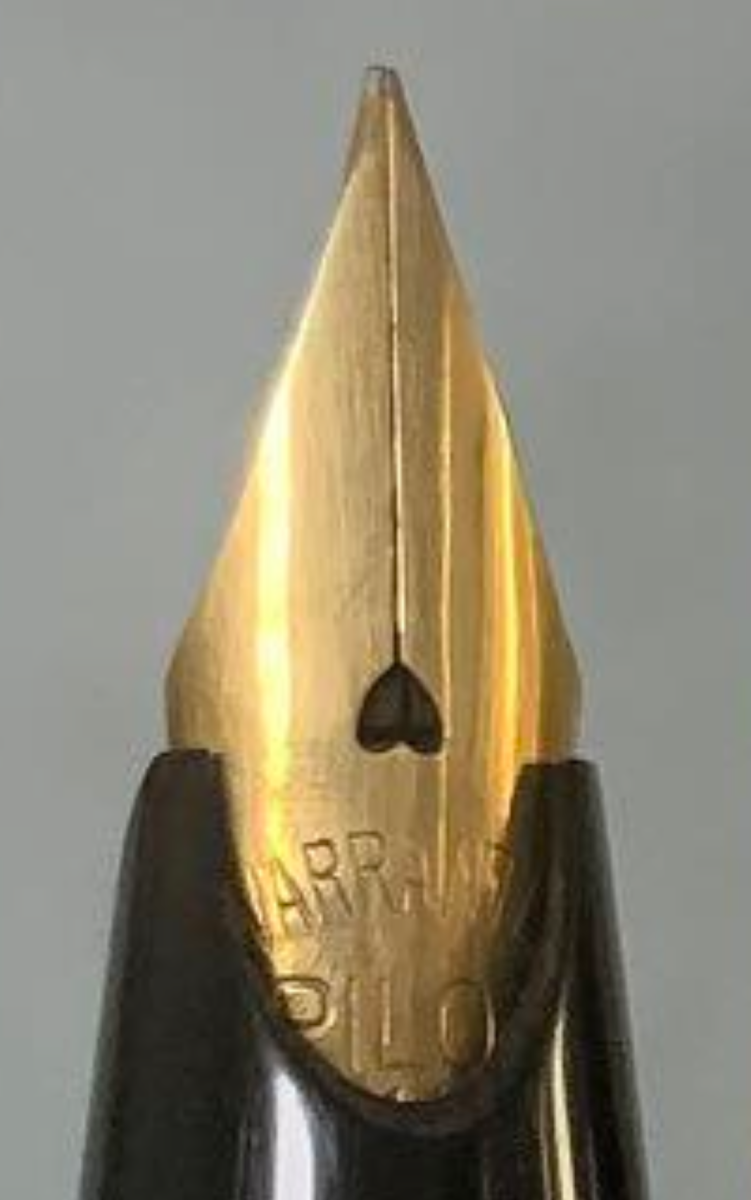
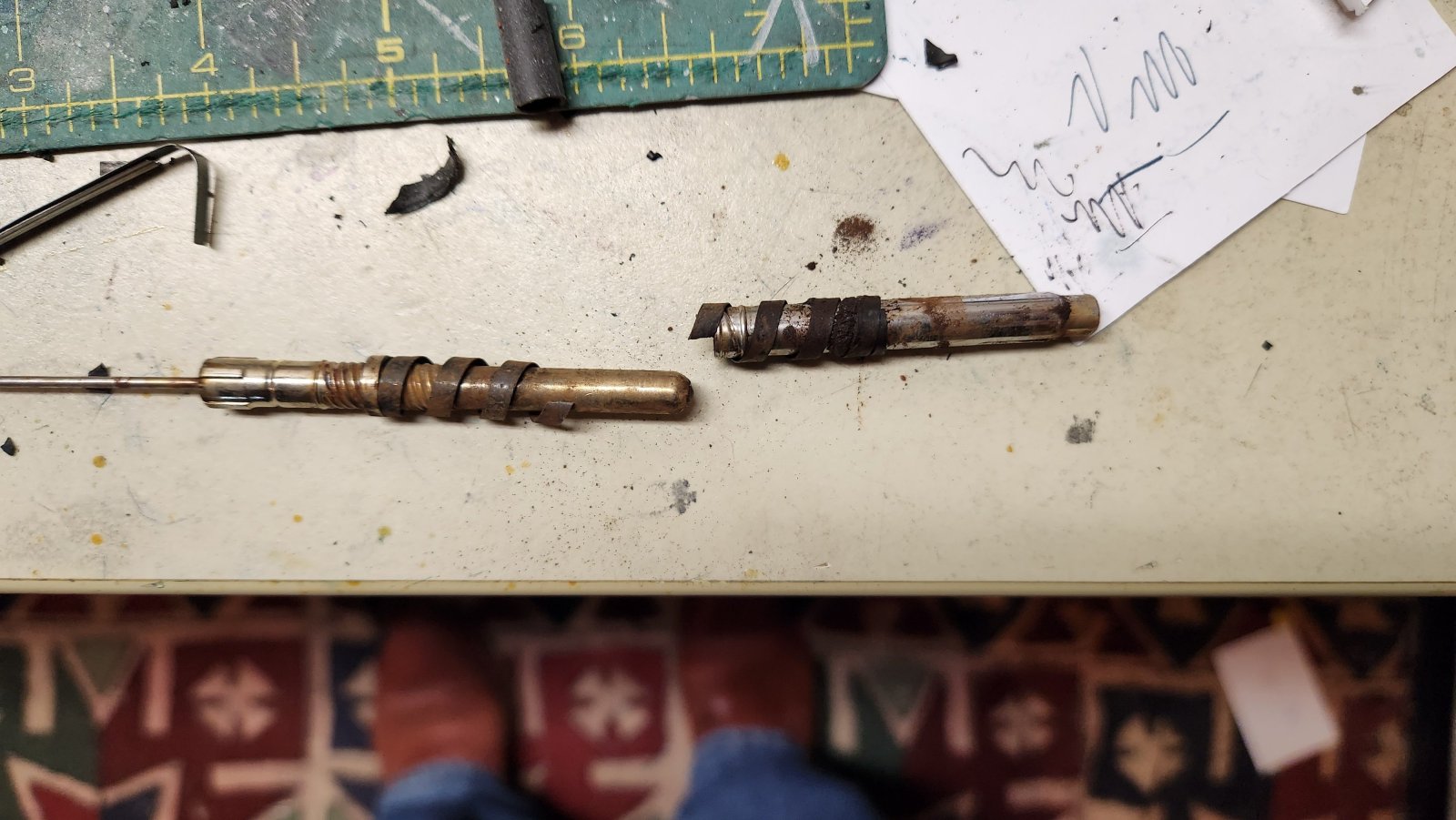

.thumb.jpg.f07fa8de82f3c2bce9737ae64fbca314.jpg)




desaturated.thumb.gif.5cb70ef1e977aa313d11eea3616aba7d.gif)





Recommended Posts
Create an account or sign in to comment
You need to be a member in order to leave a comment
Create an account
Sign up for a new account in our community. It's easy!
Register a new accountSign in
Already have an account? Sign in here.
Sign In Now